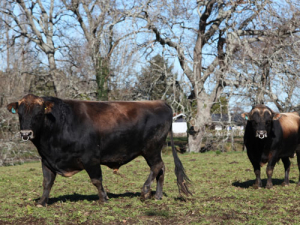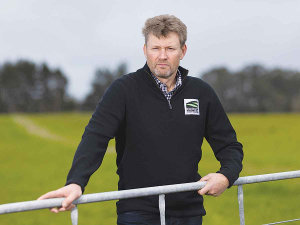When choosing bulls to use instead of AI, you must consider their age, size, health and the breed-related risk of assisted calvings, says DairyNZ.
If you plan to rear heifer calves from the bulls, you also need to consider the bulls’ genetic merit and pedigree.
Select bulls from a bull rearer with a reputation of growing and delivering healthy bulls.
Older bulls can be temperamental, difficult to manage and are more likely to have injuries to the penis, back or legs.
Use bulls that are no more than 4 years old; choose virgin bulls whenever possible as they are less likely to introduce venereal diseases to the herd; but avoid using bulls that are less than 15 months old.
Insist on bulls vaccinated for lepto(spirosis) and verifi ed free of tuberculosis (TB), bovine viral diarrhoea (BVD), neospora, Johne’s disease and EBL.
Consider testing for Trichomoniasis and Campylobacter (vibrio).
Select bulls of similar size and age; and from the same mob. This will reduce fighting when they are with the herd. Exclude bulls with deformed feet.
Select bulls of similar size to the cows or heifers to be mated, always preferring smaller bull size (Jersey bulls with HolsteinFriesian cows).
If bulls are heavier than the cows or heifers, then injuries to both bulls and cows are more likely. Observe bulls serving tall cows; ensure they are able to serve correctly. Use bulls that are likely to minimise the number of calvings requiring assistance. In larger herds, bull matings are rarely recorded and staff can become confused differentiating between AB calves and natural mating calves.


















